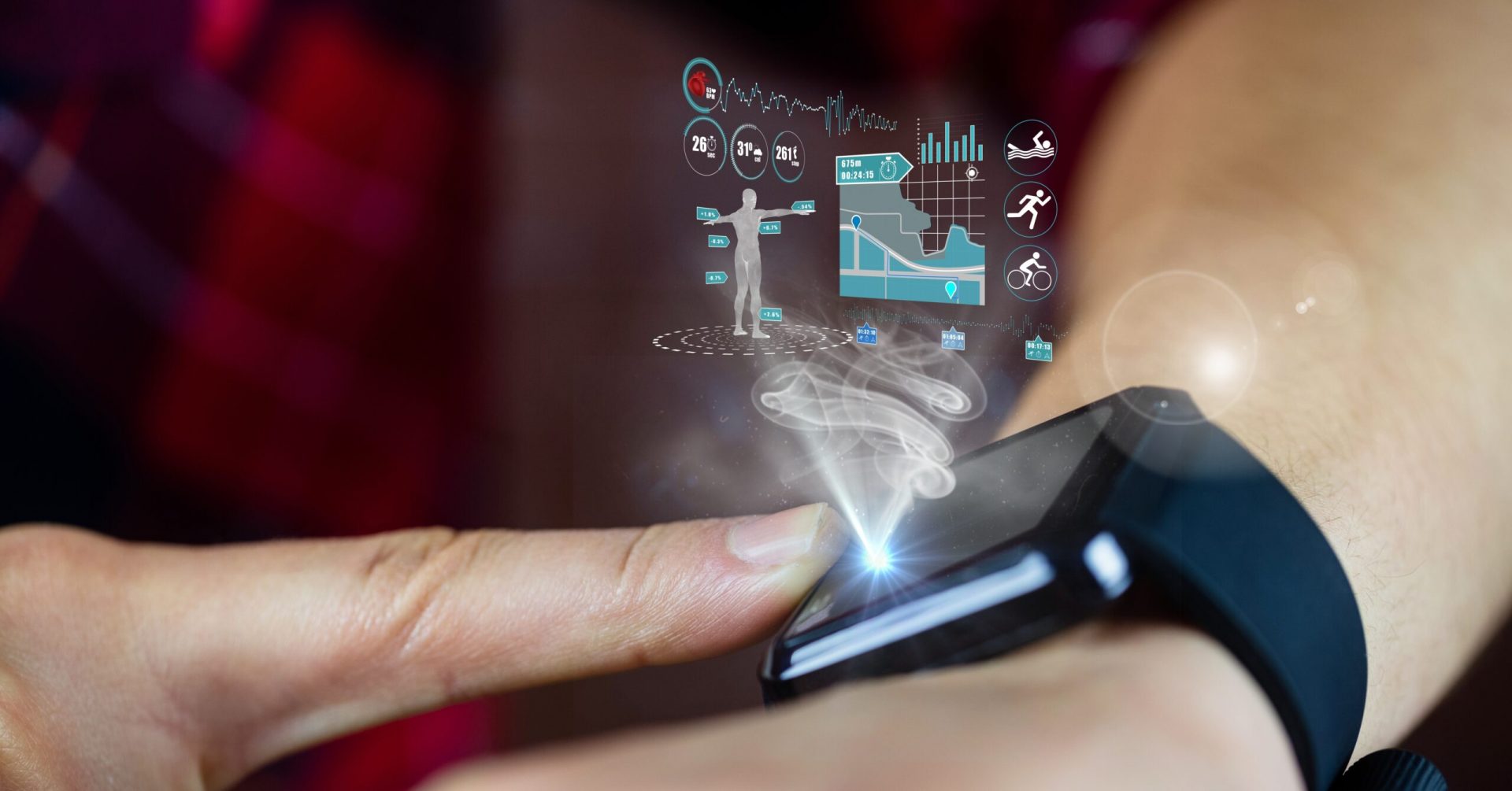The Future of Medical Device Regulation: Innovation, Challenges, and the FDA’s Role

- Apr 9, 2025
- 6 Min. Read
Introduction
Medical devices are woven into everyday life, from simple bandages to life-sustaining implants. The U.S. Food and Drug Administration (FDA) ensures these products are safe, effective, and perform as intended. Its oversight has shaped a regulatory framework that balances safety with innovation, fostering collaboration between industry, patients, researchers, and policymakers.
Yet as medical technology advances, so too must the processes that govern it. The challenge is not just maintaining high standards but improving efficiency, reducing costs, and making use of emerging technologies that could transform the field. Before considering what might come next, it is important to understand where we are today and how we got here.
How the FDA Regulates Medical Devices
Not all medical devices pose the same level of risk, and the FDA structures its oversight accordingly. Since 1976, it has classified roughly 1,700 device types into three categories based on their complexity and potential impact on health. A bandage does not warrant the same scrutiny as a pacemaker.
The classification system reflects this reality. Low-risk products require minimal oversight, while those critical to sustaining life undergo extensive testing before reaching the market. Specialists in cardiology, orthopedics, dentistry, and other fields assess devices to ensure they meet safety and effectiveness standards appropriate to their risk level.
Devices enter the market through different approval pathways, determined by their classification and whether similar products already exist. The 510(k) pathway allows for expedited clearance if a device is substantially equivalent to one already approved. More complex or higher-risk devices must undergo a rigorous premarket approval (PMA) process, requiring scientific evidence—often through clinical trials—demonstrating safety and effectiveness. Other routes exist for novel or niche products, such as the De Novo pathway, which establishes regulatory standards for entirely new types of devices, or the Humanitarian Device Exemption, which applies to rare diseases.
Regulatory approval is not the final step. Once a device reaches the market, manufacturers must monitor its performance. Hospitals report adverse events, online discussions provide early signals of problems, and post-market studies track long-term safety and effectiveness. Increasingly, manufacturers are looking to real-world data (RWD), drawn from electronic health records and other sources, to provide insights into device performance beyond controlled clinical settings.
Balancing Regulation and Innovation
The FDA’s role extends beyond ensuring safety. It also provides structure for an industry built on constant innovation. Manufacturers rely on clearly defined approval pathways to plan product development, knowing that meeting FDA standards not only grants access to the U.S. market but also provides a degree of legal protection. Insurers, in turn, use FDA evaluations to inform coverage decisions, ensuring that approved devices are available to patients.
Yet the cost of innovation remains high. Developing a new medical device can take up to seven years and cost an average of $31 million. The regulatory process, though essential, is time-consuming and expensive. For some manufacturers, the burden is great enough that they first introduce products in foreign markets, generating revenue and real-world data before seeking FDA approval. While practical from a business perspective, this approach leaves American patients waiting for medical advancements that originated domestically but became available elsewhere first.
New Approaches in Medical Device Regulation
Efforts are underway to streamline regulatory pathways without sacrificing safety. One of the most promising developments is the increasing use of real-world evidence (RWE) in medical device approval. Traditional clinical trials, while rigorous, are expensive and often limited in scope. RWE, drawn from electronic health records, insurance claims, and patient registries, offers a broader and often more cost-effective way to assess device performance. In 2017, the FDA released guidance on using RWE to support regulatory decisions, a step toward integrating real-world data into device approval and monitoring.
Advances in artificial intelligence and machine learning may also transform the field. These technologies have the potential to improve everything from device design to regulatory review, identifying patterns in large datasets that human analysts might overlook. The ability to process vast amounts of information quickly could allow for earlier detection of safety concerns, more precise predictions of device performance, and even faster approval processes.
Public-private partnerships, like the Medical Device Innovation Consortium (MDIC), along with medical specialty societies, and related professional organizations (pharmacoepidemiologists), are collaborating on multiple levels and through various vehicles to innovate on medical device research and policy to improve current processes, ultimately for the benefit of U.S. public health.
Looking Ahead
The future of medical device regulation will not be defined by a single breakthrough but by an ongoing effort to refine, adapt, and modernize the system. In the next series of articles, I will examine how real-world evidence is changing the way we evaluate medical devices, explore the role of AI in regulatory science, and highlight opportunities to improve efficiency across the entire product lifecycle.
Medical technology will continue to evolve, and the FDA’s approach must evolve with it. By embracing data-driven innovation, regulators and industry leaders can ensure that life-changing devices reach patients faster, with greater confidence in their safety and effectiveness.
